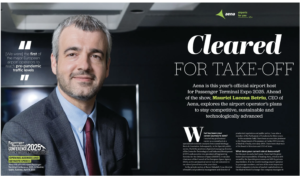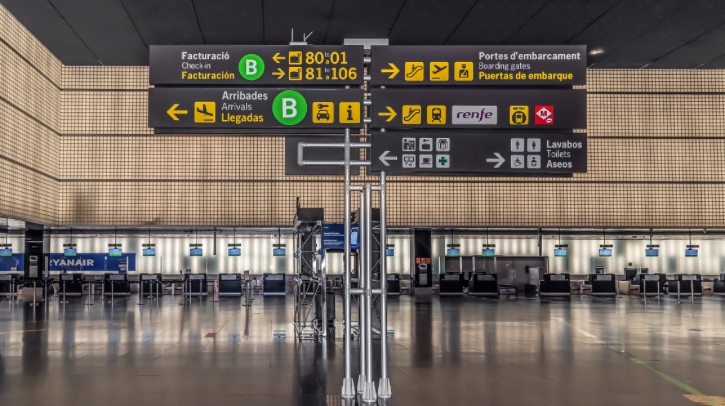The Spanish Ministry of Transport and Sustainable Mobility and the Government of Catalonia have given the green light to Aena’s €3.2bn (US$3.7bn) plan to expand Josep Tarradellas Barcelona-El Prat Airport. The expansion will include an extension to Runway 24L-06R (sea runway), the construction of a new satellite terminal, the remodeling of Terminal 1 and Terminal 2, as well as improvements to parking for both of these terminals.
The terms of the actions already planned and those that are now agreed upon will be included in the airlines consultation process to be started in Aena’s next investment period, DORA 3 (2027-2031). This project combines the development of the intercontinental hub with the conservation of the La Ricarda lagoon, Aena said.
Technical plan
The solution involves extending Runway 24L-06R (sea runway), thus enabling the airport to reach the necessary capacity to accommodate aircraft on intercontinental routes without restrictions, while minimizing noise impact on neighboring areas. The increased airfield capacity also requires the building of a satellite terminal.
The technical plan to extend the airfield consists of lengthening the take-off runway by 500m to a total of 3,160m. According to Aena, this is compatible with reducing the impact on natural areas thanks to the partial use of the runway end areas. The La Ricarda lagoon will remain unchanged, as the runway will end before the main arm connecting it to the sea.
The technical solutions adopted, in accordance with international, EU and national regulations on air safety, mean the necessary runway surface area and conservation of the lagoon can be combined, with a reduction in the impact on the natural area of La Ricarda compared to the initial proposal.
Minimal environmental impact
The final plan ensures the least environmental impact with measures such as the conservation of the La Ricarda lagoon, no impact on El Remolar outside the airport’s perimeter, and reduced acoustic impact on neighboring areas, Aena says.
The agreement also includes compensatory actions aimed at improving the natural spaces of the Llobregat Delta, which will be detailed during the finalization of the masterplan, but which will be aimed at gaining more than 270ha of natural spaces, among other actions. This means multiplying the affected area by 10; creating a ‘green ring’ within the airport‘s surroundings to make agricultural uses compatible with environmental protection; and creating an environmental fund to boost the protection of the Llobregat Delta.
These planned actions will complement Aena’s ongoing work in the Llobregat Delta, such as forestry in the pine groves, control and elimination of invasive species, setting up nesting boxes for birds, and maintenance of drainage channels and water extraction in coastal wells to prevent saltwater intrusion.
For more of the top insights into the future of Aena’s global operations, read PT World’s exclusive interview with Maurici Lucena Betriu, CEO of Aena, here

